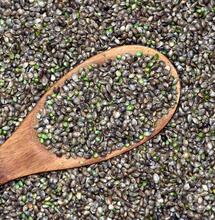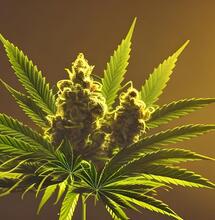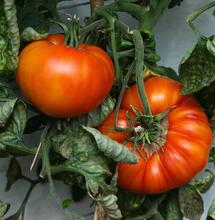What Are Cannabis Terpenes?

Terpenes are aromatic compounds produced in cannabis as well as in many other plant species. In recent years, there has been a growing interest among researchers to find out more about the varying functions and properties of terpenes. They are secreted in the sticky glands of cannabis flowers, and they are capable of interacting with receptors in the human brain. For one, they are known to reinforce the effects of different cannabinoids that enter the human system.
Terpenoids are present in various plants and fruits such as lavender, pine, coriander, thyme, peppermint, mango, lemon, orange, etc. Terpenes give plants their signature smell; without them, we can't extract aromatic oils.
Terpenes have numerous functions in nature. The release of these compounds attracts pollinators or deters pests. Evolutionary speaking, plant aromatics is what has also attracted us, humans, to particular plant species. Pleasant and unpleasant smells is what has been helping us determine down the line which plants are good for our consumption and which might cause harm.
In the case of cannabis, terpenes determine the fragrance and taste of each strain. Many strains also have a hint in their name about what possible terpenes they might be carrying. For example, "Lemon Haze" and "Orange Haze" clearly indicate that the strain has a citrusy flavor.
While terpenes are not responsible for any psychedelic effect whatsoever, they are likely to reinforce the impact of THC and other cannabinoids in the body. This means terpenes may play a part in delivering the "entourage effect," or the idea that the oftentimes subtly differentiating sensations and effects of various cannabis strains available out there are generated by a host of cannabis compounds that all work together.
Cannabis research has only recently begun to give terpenes the full attention they deserve, with some scientists and industry insiders lobbying that each strain sold on the market should be labeled with terpene profiles just like it's done with cannabinoid content.
Like cannabinoids, terpenes interact with receptors in the brain, producing different effects on the mind and body. Which would explain the established practice of aromatherapy in various traditional and alternative medicines around the world. Sandalwood, for example, can help with anxiety, while lavender is one of the best scents to offer relaxation.

What Are The Most Common Terpenes Found in Cannabis?
With over 20,000 terpenes out there in nature, it can be challenging to navigate knowledge of aromatic compounds, what are their unique traits or the psychological effects they might induce. However, below is a quick overview of some of the most common terpenes your stash of pot nugs may contain.
Myrcene. This terpene has antiseptic, anti-bacterial, anti-fungi, and anti-inflammatory properties. It reinforces the relaxing effects of cannabis and is also abundant in bay, hops, thyme, citrus, and mango, among others. Its aroma can be described as a combination of musk, clove, herbal, and citrus.
Caryophyllene. An excellent antioxidant and anti-inflammatory. It is said to help with muscle spasms, pain, and sleeplessness. It's found in pepper, cloves, hops, basil, oregano, and it has a pepper, wood, spice aroma.
Pinene. Good for inflammation, asthma, and mental stimulation. It's the terpene that gives the sharp and sweet scent emblematic to conifers, pine, and sage.
Limonene. It's said to work well for gastric reflux, as an anti-fungal, anti-depressant, anti-anxiety, and as an energy and mood booster. Generating a heavy citrusy scent, limonene is abundant in citrus rind and is also found in juniper and peppermint.
Linalool. Good for stress, anxiety, depression, insomnia, pain, and convulsions. Linalool has a floral, spicy, citrusy aroma. It helps to calm the mind and sedate the body. It's found in lavender, birch, rosewood, and citrus fruits, among others.
Humulene. An anti-inflammatory and anti-bacterial that helps with pain relief, too. One of its effects is to suppress the appetite. It has a woody, earthy fragrance. Hops and coriander are rich with humulene.


.jpg)







